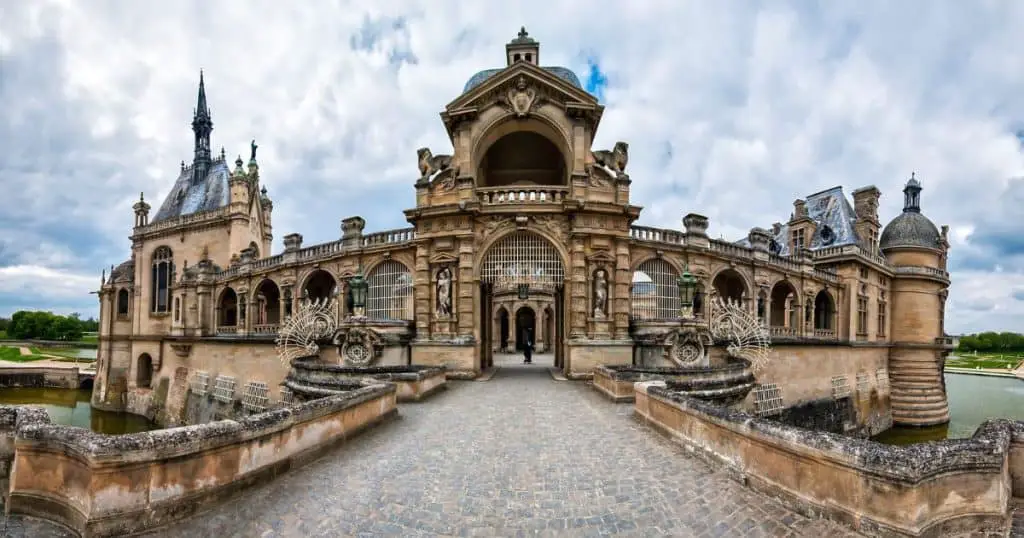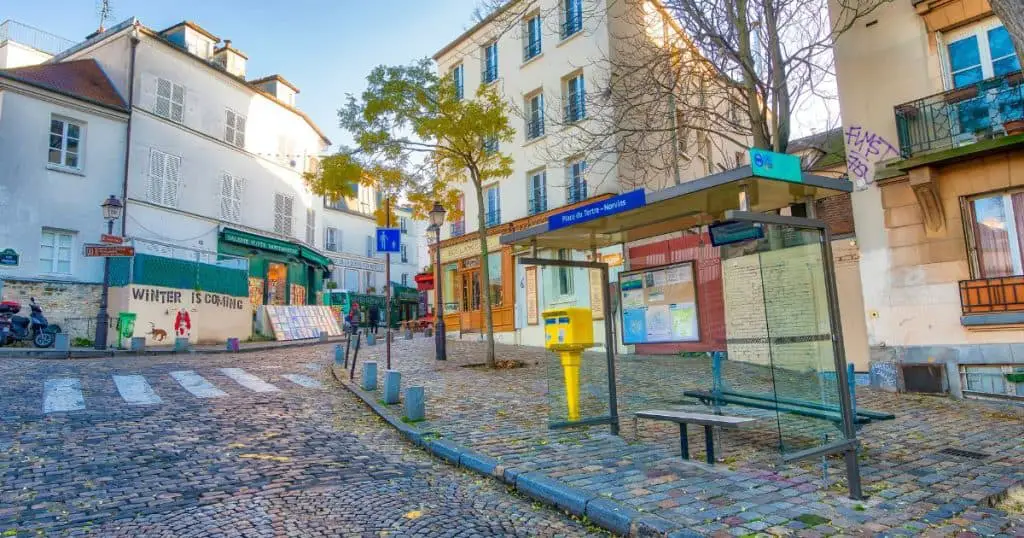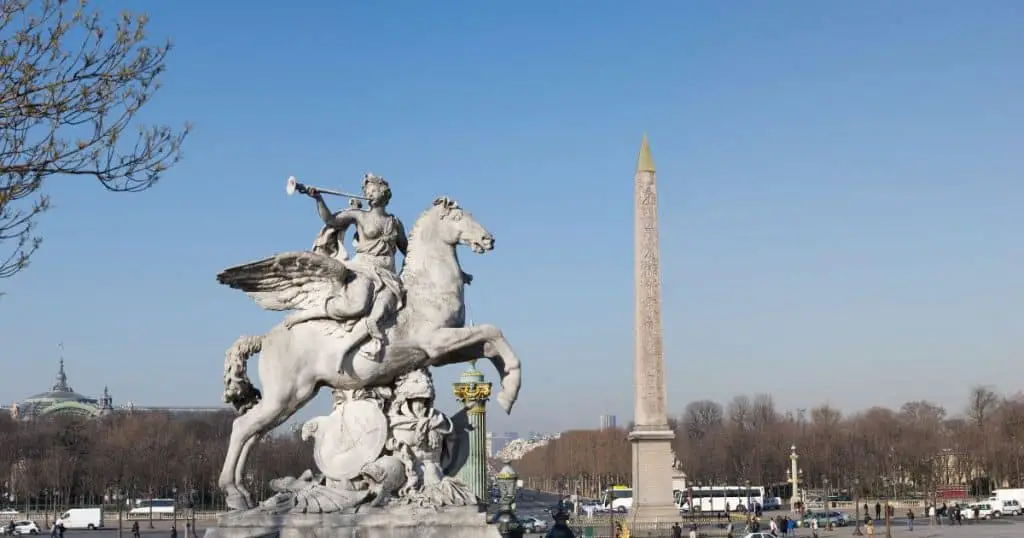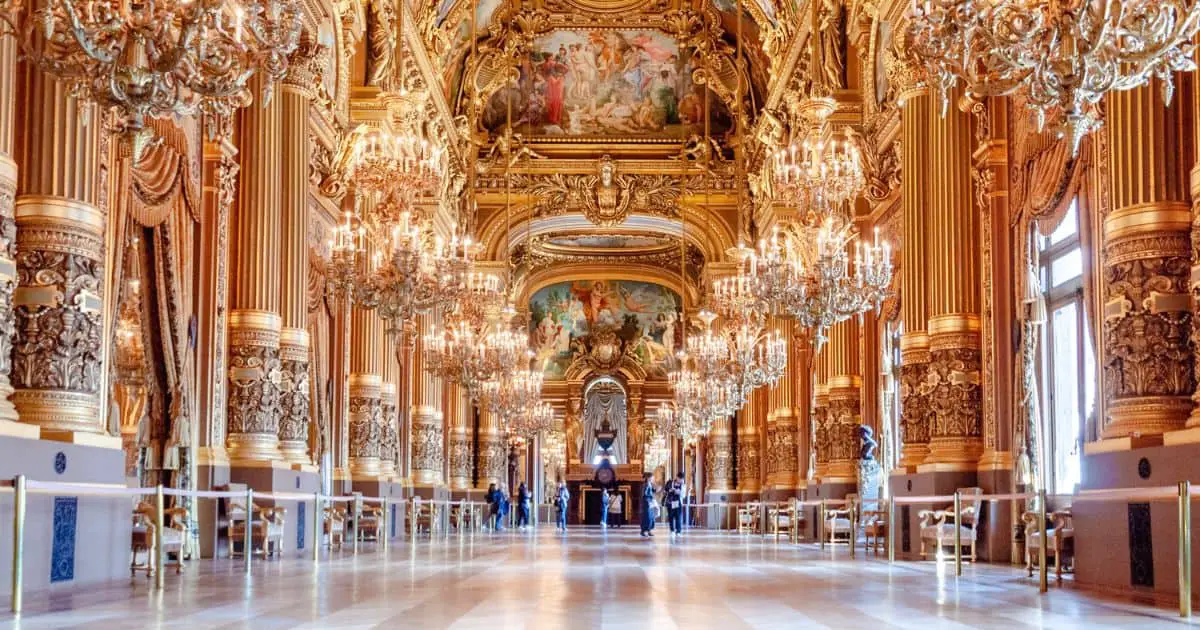Best Places to Visit in Paris for History Buffs!
Are you a history buff planning a trip to Paris? Look no further! Paris is a city rich in history, with countless attractions and landmarks that will transport you back in time. Whether you’re interested in ancient history or more recent events, Paris has something to offer for every history enthusiast.
From the iconic Louvre Museum to the Palace of Versailles, Paris is home to some of the world’s most famous tourist destinations. But for those interested in delving deeper into the city’s history, there are also many lesser-known attractions to discover. Wander through the Paris Catacombs or explore the Cluny Museum to gain a unique perspective on the city’s past.
In this travel guide, we’ll take you on a journey through the best places to visit in Paris for history buffs. Whether you’re a first-time visitor or a seasoned traveler, our recommendations will help you make the most of your trip and experience the rich history of this incredible city.
The Best Museums for History Buffs

Are you a history buff visiting Paris? Then you cannot miss visiting the city’s world-renowned museums that showcase the rich cultural and societal heritage of France. Here are three museums that you must add to your itinerary:
The Louvre
As one of the world’s most famous museums, the Louvre is a must-visit for anyone interested in history, art, and culture. The museum is located in the former royal palace of the French kings and houses over 35,000 works of art, including the iconic Mona Lisa painting by Leonardo da Vinci.
Aside from the permanent collection, the Louvre also hosts temporary exhibitions that cover various themes, such as the history of the world’s civilizations and the evolution of art. With so much to see, make sure to plan your visit in advance and prioritize the exhibits that interest you the most.
Musée de l’Armée (Invalides)
The Musée de l’Armée, located in the Hôtel des Invalides, is a museum dedicated to the military history of France. The museum’s collection includes weapons, armor, and uniforms from the Middle Ages to the present day, as well as exhibits on the two World Wars.
The museum also houses the tomb of Napoleon Bonaparte, the French military leader who conquered much of Europe in the early 19th century. If you are interested in military history, this museum is a must-visit.
Musée d’Orsay
The Musée d’Orsay is housed in a former railway station and is home to one of the world’s largest collections of Impressionist and Post-Impressionist art. The museum’s collection includes works by famous artists such as Monet, Van Gogh, and Renoir.
In addition to its impressive art collection, the Musée d’Orsay also has exhibits on the cultural and societal history of France during the late 19th and early 20th centuries. If you are interested in the artistic and cultural history of France, this museum is a must-visit.
Historical Monuments to Visit

Paris is a city steeped in history, and there are plenty of landmarks and monuments to visit for history buffs. Here are some of the top historical monuments to visit:
Eiffel Tower

The Eiffel Tower is one of the most iconic landmarks in Paris and a must-visit for history buffs. Built-in 1889 for the 1900 Exposition Universelle, it was initially intended to be a temporary structure. However, it quickly became a symbol of France and has remained a fixture of the Parisian skyline ever since. The tower played a role in both World War I and World War II, serving as a radio transmitter and a lookout post. Today, visitors can take a tour of the tower and enjoy stunning views of the city from the top.
Notre-Dame Cathedral
Notre-Dame Cathedral is a Gothic masterpiece located on the Île de la Cité in the heart of Paris. The cathedral has a rich history that spans over 800 years, from its construction in the 12th century to its restoration following a devastating fire in 2019. Notre-Dame played a significant role in French history, serving as the site of Napoleon Bonaparte’s coronation and the center of Catholicism in France. Visitors can take a tour of the cathedral and admire its stunning stained-glass windows, intricate carvings, and soaring vaulted ceilings.
Arc de Triomphe
The Arc de Triomphe is a triumphal arch that stands at the western end of the Champs-Élysées. Built in the early 19th century to commemorate the victories of Napoleon Bonaparte’s Grand Armée, the arch has since become a symbol of French patriotism and a gathering place for national celebrations. The Tomb of the Unknown Soldier, which honors the soldiers who died in World War I, is located beneath the arch. Visitors can climb to the top of the arch for panoramic views of the city.
Tomb of the Unknown Soldier
The Tomb of the Unknown Soldier is located beneath the Arc de Triomphe and serves as a memorial to the soldiers who died in World War I. The tomb contains the remains of an unidentified French soldier who died in the war, and an eternal flame burns in his honor. The tomb has become a symbol of remembrance and a gathering place for national celebrations.
Luxor Obelisk
The Luxor Obelisk is a 3,000-year-old Egyptian obelisk that stands in the center of the Place de la Concorde. It was gifted to France by Muhammad Ali Pasha, the Ottoman viceroy of Egypt, in the early 19th century. The obelisk has a rich history, having survived both the French Revolution and World War II. Visitors can admire its hieroglyphic inscriptions and learn about its fascinating journey from Egypt to Paris.
Historical Sites on the Left Bank

If you’re a history buff, the Left Bank of Paris is a must-visit destination. This area is home to some of the most significant historical sites in the city, each with its own unique story to tell. In this section, we’ll take a closer look at two of the most fascinating historical sites on the Left Bank: Jeu de Paume and Musée National du Moyen Âge.
Jeu de Paume
Jeu de Paume is a historic building located in the heart of the Tuileries Gardens. Originally built in the 17th century as a tennis court (hence the name, which translates to “palm game”), the building was repurposed during the French Revolution as a meeting place for the National Assembly. Today, it is a museum dedicated to contemporary art and photography.
But Jeu de Paume’s history goes far beyond its current use as an art museum. During World War II, the building was used by the Nazis to store and sort looted art. The museum now acknowledges this darker period in its history with exhibitions and events that explore the relationship between art and power.
Musée National du Moyen Âge
Also known as the Cluny Museum, Musée National du Moyen Âge is a must-visit destination for anyone interested in medieval history. The museum is housed in a Gothic mansion that dates back to the 15th century and is home to an impressive collection of medieval art and artifacts.
One of the highlights of the museum is the Unicorn Tapestries, a series of seven tapestries that date back to the late 15th and early 16th centuries. These tapestries are considered some of the finest examples of medieval art in the world and are a must-see for any visitor to the museum.
In addition to the Unicorn Tapestries, the museum also houses a range of other medieval art and artifacts, including illuminated manuscripts, sculptures, and stained glass windows. Whether you’re a history buff or simply appreciate beautiful art, Musée National du Moyen Âge is a destination you won’t want to miss.
Historical Sites on the Right Bank

Paris is known for its rich history and culture, and the Right Bank is home to some of the most iconic historical sites in the city. If you’re a history buff, you won’t want to miss these must-see attractions.
Place de la Concorde
Located at the eastern end of the Champs-Élysées, the Place de la Concorde is one of the most famous public squares in Paris. It was originally built in the 18th century as a monument to King Louis XV, but it was later renamed and became the site of many significant events in French history, including the execution of King Louis XVI during the French Revolution.
Today, the square is surrounded by beautiful fountains and statues, and it offers stunning views of the Eiffel Tower and the Arc de Triomphe.
Pont Alexandre III
The Pont Alexandre III is one of the most beautiful bridges in Paris, and it is named after Tsar Alexander III of Russia. It was built at the end of the 19th century and is adorned with ornate sculptures and decorations that pay homage to French art and culture.
The bridge spans the Seine River and connects the Champs-Élysées with the Invalides district. It is a popular spot for taking photos and enjoying the views of the river and the surrounding landmarks.
Les Invalides
Les Invalides is a complex of buildings in the 7th arrondissement of Paris that was originally built as a hospital and retirement home for war veterans. Today, it houses several museums and monuments that commemorate France’s military history.
One of the most famous attractions at Les Invalides is the Musée de l’Armée, which contains a vast collection of weapons, armor, and other military artifacts from throughout French history. The complex also includes the Tomb of Napoleon Bonaparte, which is a grand mausoleum that houses the remains of the famous French emperor.
If you’re a history buff, you won’t want to miss these incredible historical sites on the Right Bank of Paris. From the Place de la Concorde to Les Invalides, these attractions offer a glimpse into France’s rich and fascinating past.
FAQs
Congratulations! You’ve made it to the end of our article on the best places to visit in Paris for history buffs. We hope you’re feeling inspired and ready to explore this beautiful city. Before you head out, we’ve put together some frequently asked questions to help you make the most of your trip.
What are the best times of year to visit Paris?
Paris is beautiful year-round, but the best times to visit are in the spring (April-June) and fall (September-November) when the weather is mild and the crowds are smaller. Summer is peak tourist season and can be very crowded and hot, while winter can be cold and damp.
What are the best ways to get around Paris?
Paris has an excellent public transportation system, including buses, metro, and RER trains. You can buy single tickets or a multi-day pass to save money. Taxis and ride-sharing services are also available, but can be more expensive.
Are there any museums or attractions that offer free admission?
Yes! Many museums in Paris offer free admission on the first Sunday of the month, including the Louvre, Musée d’Orsay, and Centre Pompidou. Some museums also offer free admission to visitors under 26 years old.
What should I wear when visiting Paris?
Paris is known for its fashion, so you’ll want to dress stylishly. However, comfort is also important since you’ll be doing a lot of walking. Wear comfortable shoes and bring layers, as the weather can be unpredictable.
Do I need to speak French to get around Paris?
While it’s always helpful to know some basic French phrases, most Parisians speak English and many signs are in both French and English. You should be able to get around without speaking French, but it’s always polite to try.
We hope these FAQs have been helpful. Now go out and explore the fascinating history of Paris!
Conclusion
Congratulations, history buff! You have just discovered some of the best places to visit in Paris to satisfy your hunger for knowledge and adventure. From exploring ancient Paris at the Louvre Museum and Sainte-Chapelle to delving into the city’s World War II history at the Museum of the Liberation of Paris, you have a plethora of options to choose from.
But Paris has so much more to offer than just history. Take a stroll through the charming streets of Montmartre, visit the iconic Eiffel Tower, or indulge in some delicious French cuisine at a local bistro. With its rich culture and vibrant atmosphere, Paris is a city that will capture your heart and leave you wanting more.
Don’t forget to visit the Palace of Versailles, the Château de Fontainebleau, and the Cluny Museum for a deeper understanding of French history and culture. And if you’re a Russian history enthusiast, make sure to check out the Alexander Nevsky Cathedral, a stunning Russian Orthodox church in the heart of Paris.
Whether you’re a first-time visitor or a seasoned traveler, Paris has something for everyone. So pack your bags, grab your camera, and get ready to explore one of the most beautiful and historic cities in the world. Bon voyage!





Leave a Reply